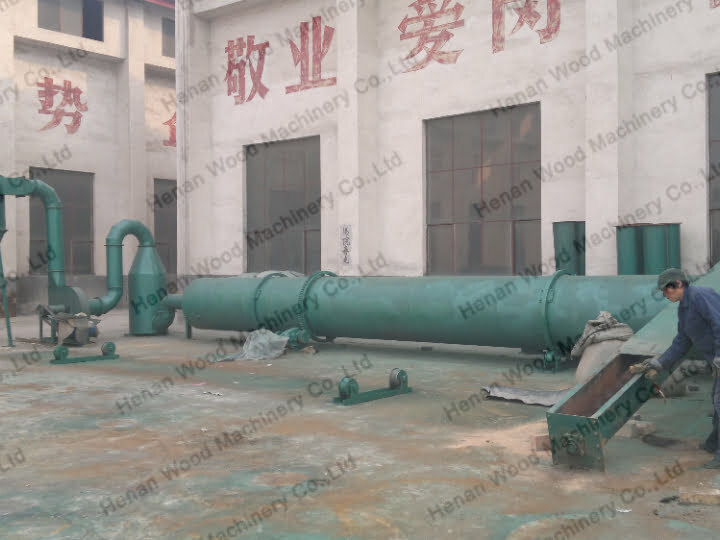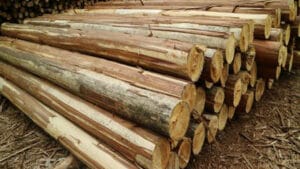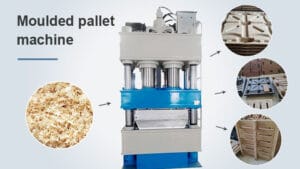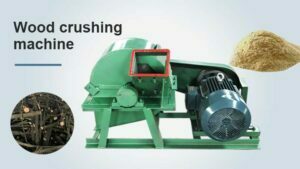Heutzutage plädiert die Welt für Energieeinsparung und Emissionsreduzierung. Auch Fabriken suchen nach Möglichkeiten, die Produktionskosten zu senken, und als Hersteller, der sich seit vielen Jahren mit der Produktion und Herstellung von Trocknungsgeräten beschäftigt, unternehmen wir auch kontinuierliche Anstrengungen, energiesparendere und umweltfreundlichere Trocknungsgeräte herzustellen. Die Kosten für die Nutzung der Geräte werden reduziert und die Benutzer profitieren davon. Ich möchte Ihnen zeigen, wie Sie die Kraftstoffkosten eines Sägemehltrockners senken können.
Faktoren, die den Kraftstoffverlust des Sägemehltrockners beeinflussen


Allgemein gesagt ist die Wärmequelle einer Sägemehl-Trocknungsmaschine Kohle. Um die Kosten für die Verwendung von Kohle zu senken, muss die vollständige Verbrennung der Kohle sichergestellt werden. Die Größe der Kohlepartikel, die Dicke der Kohle-Schicht und die Menge der zugeführten Luft beeinflussen alle die vollständige Verbrennung der Kohle. Um also den Treibstoffverlust des Sägemehl-Trockners zu reduzieren, müssen wir an diesen drei Aspekten ansetzen. Die folgenden sind die konkreten Praktiken.
Drei Möglichkeiten zur Reduzierung des Kraftstoffverbrauchs in Sägemehltrocknern

- Zunächst die Partikelgröße des Kohlepulvers. Je feiner die Partikelgröße des Kohlenstaubs ist, desto größer ist die Kontaktfläche mit der Luft und desto vollständiger ist die Verbrennung des Kohlenstaubs. Durch viele Experimente wurde festgestellt, dass das Kohlepulver ausreichend brennt, wenn die Partikelgröße des Kohlepulvers auf etwa 0,05 mm eingestellt wird.
- Dann ist die Dicke des Kohleflözes. Auch die Mächtigkeit des Kohleflözes sollte innerhalb des geeigneten Bereichs kontrolliert werden. Wenn die Dicke des Kohleflözes dünn ist, ist die Belüftung des Sägemehltrocknerbrenners groß, aber die Windgeschwindigkeit ist nicht gleichmäßig, was zu Phönixlöchern im Kohleflöz führen kann, was der vollständigen Verbrennung von Kohlenstaub nicht förderlich ist. Im Allgemeinen wird die Dicke des Kohleflözes auf etwa 150 mm kontrolliert und das Kohlepulver ausreichend verbrannt.
- Die in den Brenner geblasene Luftmenge. Als Medium der Kohlenstaubverbrennung sollte auch die eingeblasene Luftmenge entsprechend der Materialmenge bestimmt werden. Wenn die Kohleschichtdicke größer ist, muss die Luftmenge, die in die Kohleschicht geblasen wird, größer sein, um eine ausreichende Verbrennung zu gewährleisten. Im Gegenteil: Die eingeblasene Luftmenge wird reduziert.







